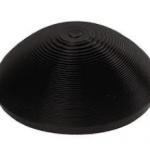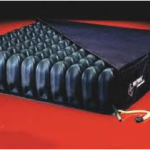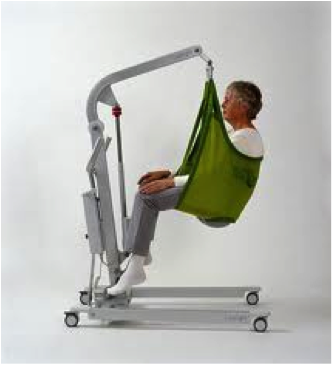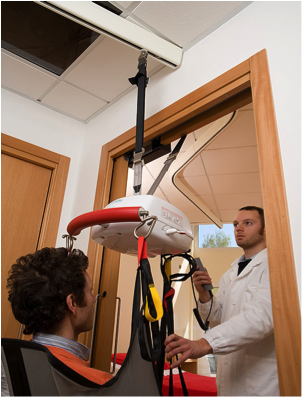“Buy, Buy, Buy!”
Remember the financial needs of both the living and the ill. The average lifespan of an ALS patient is two to five years and the physical needs of the patient often rapidly change.
Mobility will decrease, and as you lose the ability to walk, your occupational therapist may suggest using a walker or scooter. Later, you will need a power wheelchair to get around.
Before any major equipment purchases, such as wheelchairs, lift systems, an adapted automobile, shower/commode chair, etc, are made, please discuss long-term needs with your nearby MDA clinic. Before making purchases, keep in mind that ALS is a rapidly progressive disease. Many private insurances and Medicare will only allow for one specific equipment purchase for a set time period, usually about five years. In addition, because of the rapid progression of the disease with increasing disability, some equipment purchases may be so transient that by the time the purchase arrives, it is already useless. For these transitional pieces of equipment, I suggest either borrowing from the MDA clinic or being very thoughtful in minimizing the cost spent.
Purchasing equipment is not simply purchasing the best product, but being familiar whether there is good local support. Therefore, the product that is recommended may vary from region to region.
Power Wheelchairs
Your occupational therapist at the MDA clinic will guide you in the selection.
A standard wheelchair, whether electric or not, will probably not suffice for your long-term needs. Standard wheelchairs do not provide the head and torso support necessary for the typical ALS patient in the late stages of the disease. Also, as the paralysis progresses, many other “functions” in a more sophisticated electric wheelchair will be extremely helpful in providing adequate patient comfort, transferring, and positioning.
Your local MDA clinic is an extremely valuable resource for purchasing or borrowing equipment!
 Wheelchair Modifications
Wheelchair Modifications
As your disease progresses, your needs from your wheelchair will change. As you lose muscle support, you may lose the original “comfort” of your chair. Your occupational therapist and wheelchair vendor will be making regular adjustments and can make arrangements for any additional parts to be added to your wheelchair to improve your comfort. Some wheelchair parts that may be added or modified over time include: seat cushion, thigh, chest, head, neck, arm/elbow supports, joystick modifications, and additional user controls (secondary driver capabilities).
Personal Modifications
Not all modifications that are useful come from a manufacturer. Depending on your source of discomfort, whether at your elbow, shoulder blades, or back, simply using various rolled towels will help support these areas. This makes a huge difference!
Lift Systems
At first, sliding board transfers may be useful for moving from your wheelchair to the toilet, another chair, or your bed. With disease progression and decreased strength in your legs, trunk, and arms, sliding board transfers are no longer safe. However, there are various lift systems, such as the Hoyer lift, wall-mounted lifts, and ceiling lifts that make transfers safe and efficient for both you and your caregivers. These lifts utilize body slings to raise your body from a sitting or lying position, allowing you to be transferred between rooms and various seated positions (e.g. wheelchair, toilet).
The Hoyer lift, which rolls on wheels, is the most common lift system. Its main advantage is that it is relatively inexpensive compared to ceiling lift systems. The Hoyer lift usually qualifies for insurance reimbursement, unlike ceiling lifts. The major disadvantage to using the Hoyer lift is that it can be difficult moving it on an uneven surface or on carpeting.
For ceiling lifts, a track is installed onto the ceiling. The sling hangs from an electric motor, which raises and lowers the sling from the ceiling track. The biggest advantage of using a ceiling lift would be that the patient is relatively “weightless,” and is less labor-intensive for the caregiver. If an appropriate ceiling lift system is purchased, installation is typically very simple and does not involve cutting into drywall or doorframes, even when transferring between different rooms.
A portable tracking device is also available. This uses an electric motor, similar to the ceiling lift. If funds or time is limited, a day-to-day lease is available at some vendors.
Portable tracking device


